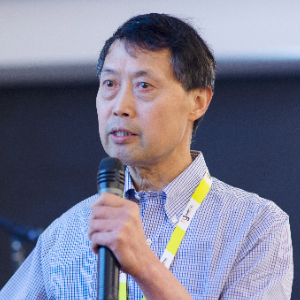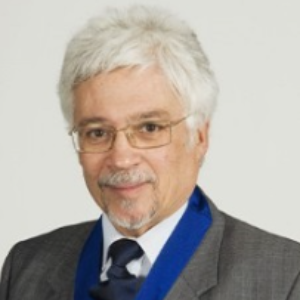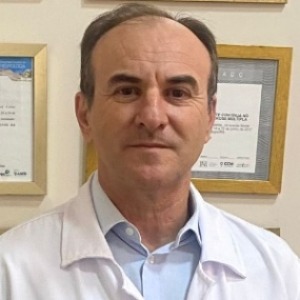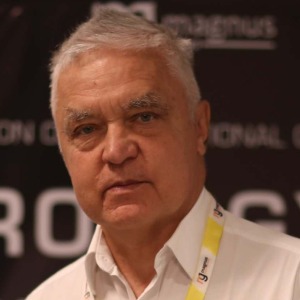Population Genetics
Population genetics is the branch of biology that studies how gene frequencies vary from one population to another and how they change over time. It is a cornerstone of evolutionary biology, as it explains the mechanisms that drive evolution — natural selection, genetic drift, and mutation — and the consequences they have for genetic variation in populations. Population genetics also can provide invaluable insights into the adaptation of species to new environments. Population genetics uses mathematical models of genetic variation (such as the Hardy-Weinberg principle and the G-matrix) to describe patterns and processes between unrelated individuals—for example, to study the transmission of genetic diseases in a population or to analyze the evolution of sexual dimorphism. By applying the methods of population genetics, scientists can model the genetic profile of a population’s individuals over time by analyzing the genetic composition of the population’s ancestors. The field also evaluates and estimates the genetic structure of a population study, by measuring genetic diversity within the population, genetic differentiation between populations, and genetic correlations with environmental variables. It also provides the framework for understanding how natural selection, mating strategies, and other evolutionary processes impact genetic dynamic in a population. Through these various ways, population genetics helps us gain insight into the causes of genetic variation, the distribution of genetic variation, and changes to it over generations. In addition, population genetics can provide us with potentially important clues for human health, as understanding the genetics of population differentiation can reveal how genetic variation makes some individuals more resilient to disease than others. It can also help us understand how to develop treatments that are tailored to populations instead of individuals. Finally, population genetics can provide a better understanding of how our own species has evolved over time and how our genes have been used in the past.

Ken Ware
NeuroPhysics Therapy Institute, Australia
Robert B Slocum
University of Kentucky HealthCare, United States
Yong Xiao Wang
Albany Medical College, United States
W S El Masri
Keele University, United Kingdom
Jaqueline Tuppen
COGS Club, United Kingdom
Milton Cesar Rodrigues Medeiros
Hospital Santa Casa de Arapongas, Brazil




Title : Perception and individuality in patient cases identifying the ongoing evolution of Myalgic Encephalomyelitis/Chronic Fatigue Syndrome (ME/CFS)
Ken Ware, NeuroPhysics Therapy Institute, Australia
Title : Narrative medicine: A communication therapy for the communication disorder of Functional Seizures (FS) [also known as Psychogenic Non-Epileptic Seizures (PNES)]
Robert B Slocum, University of Kentucky HealthCare, United States
Title : Personalized and Precision Medicine (PPM), as a unique healthcare model through biodesign-driven biotech and biopharma, translational applications, and neurology-related biomarketing to secure human healthcare and biosafety
Sergey Victorovich Suchkov, N.D. Zelinskii Institute for Organic Chemistry of the Russian Academy of Sciences, Russian Federation
Title : Neuro sensorium
Luiz Moutinho, University of Suffolk, United Kingdom
Title : Traumatic Spinal Cord Injuries (tSCI) - Are the radiologically based “advances” in the management of the injured spine evidence-based?
W S El Masri, Keele University, United Kingdom
Title : Standardization of the cognitive reaction test: Verification of its reliability and utility in the diagnosis of mild cognitive impairment
Carlos Alberto Mangone, Santojanni General Hospital, Argentina